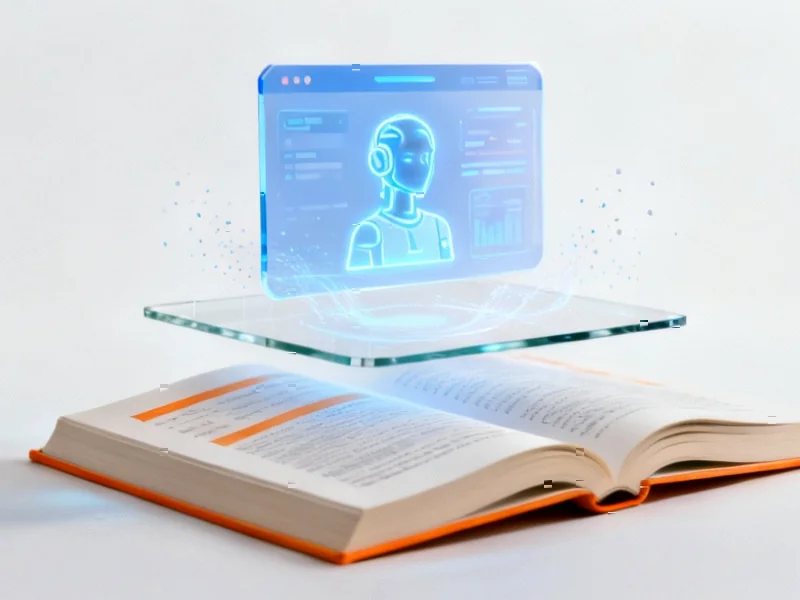According to TechCrunch, Pinterest CEO Bill Ready revealed on Tuesday’s earnings call that open source AI models are delivering “tremendous performance” for the company’s visual AI use cases while dramatically reducing costs. The company expects fourth-quarter revenue between $1.31 billion and $1.34 billion, missing analyst estimates of $1.34 billion, which caused the stock to tumble over 21% on Wednesday. Ready specifically highlighted that fine-tuned open source models are showing “orders of magnitude reduction in cost” compared to leading off-the-shelf proprietary models while maintaining comparable performance. Pinterest uses AI across multiple features including personalized recommendations, multimodal search combining text and images, ad targeting, and the recently launched Pinterest Assistant for product discovery. The weaker revenue outlook was attributed to President Donald Trump’s tariffs impacting home furnishings, making cost control through AI efficiency particularly crucial.
The open source advantage
Here’s what’s really interesting about Pinterest’s approach. They’re not just using open source models out of the box – they’re fine-tuning them specifically for their visual AI use cases. And that’s where the magic happens. When you take an open source foundation model and train it on your specific data and use cases, you can often outperform much larger, more expensive models that weren’t optimized for your particular needs.
Ready mentioned they’re testing leading off-the-shelf models against open source options regularly. That’s smart – it keeps the pressure on both internal teams and external vendors to deliver value. But the fact that open source is winning on cost by “orders of magnitude” while maintaining performance? That’s huge. We’re talking about moving from potentially millions in model inference costs to maybe thousands for the same workload.
The cost reality check
Let’s be real – every company is talking about AI right now, but very few are talking about the actual costs. Running inference on massive proprietary models isn’t cheap, especially when you’re serving millions of users like Pinterest does. The per-token costs add up fast, and when you’re dealing with visual AI that processes images alongside text? The compute requirements explode.
So when Ready says they’re getting comparable performance at a “fraction of the cost,” that’s not just corporate speak. That’s the difference between AI being a massive cost center versus a sustainable competitive advantage. And given their revenue miss and stock drop, cost control suddenly became a lot more important this quarter.
Agentic commerce: wait and see
Investors apparently asked about agentic commerce – AI systems that can autonomously act for users. But Ready’s response was surprisingly measured. They already have “push-button type buying” through their Amazon partnership, and they’re waiting to see if users actually want AI to “push the button for them.”
That’s actually refreshing. So many companies are rushing to implement autonomous AI shopping agents, but does anyone actually want that? I’m not sure I want an AI randomly buying things on my behalf. Pinterest seems to be taking the smarter approach – using AI to enhance the discovery and recommendation experience rather than replacing human decision-making entirely.
Pinterest Assistant focus
The Pinterest Assistant seems to be their main AI play for now, and it makes sense. It’s an AI companion that understands users based on their boards, collages, saves, and similarities to other users. That’s leveraging Pinterest’s core strength – their massive dataset of user preferences and visual tastes.
They’re also rolling out personalized boards curated with AI that combine expert human curation with AI. That hybrid approach is probably the right move. Pure AI curation can feel sterile, while pure human curation doesn’t scale. Mixing both? That could actually work.
Basically, Pinterest is showing that you don’t need to bet the farm on the most expensive AI models to get real business value. Sometimes the smarter play is fine-tuning open source alternatives for your specific needs and saving millions in the process. In today’s economic environment, that kind of pragmatic AI strategy might be exactly what investors want to hear.




